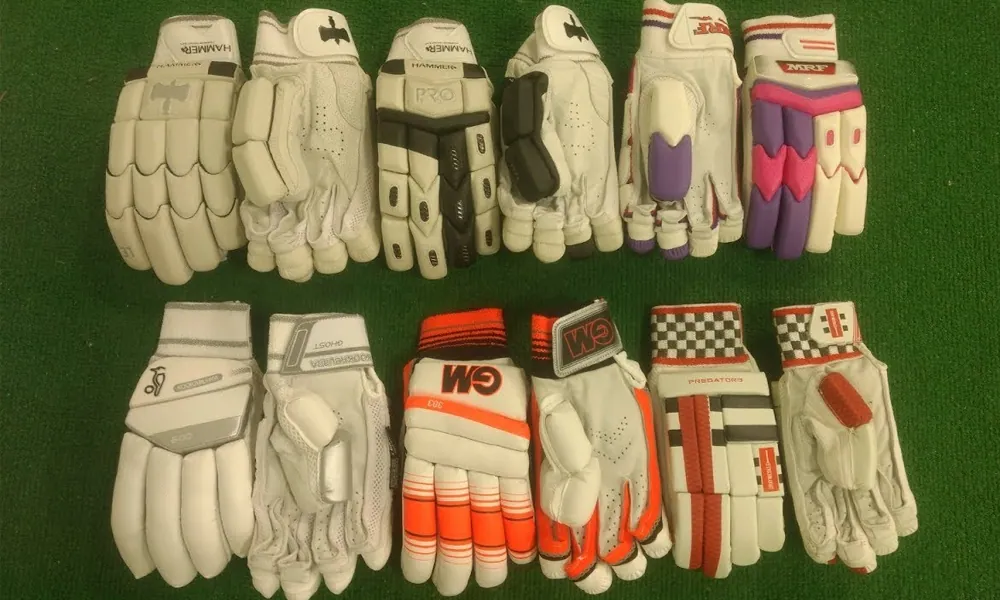The Evolution of Cricket Batting Glove Technology Over Decades

Cricket, often dubbed as a gentleman's game, has witnessed a remarkable evolution in its equipment over the years. While much attention is often paid to advancements in bat and ball technology, the evolution of batting gloves is a fascinating story in its own right. From humble beginnings to cutting-edge innovations, let's take a journey through the decades to explore how cricket batting glove technology has evolved.
The Early Days: Basic Protection
In the early days of cricket, batting gloves were rudimentary at best. Made from simple materials like leather and cloth, they provided minimal protection to the hands of batsmen. Players relied more on skill and technique rather than equipment to keep themselves safe from fast bowlers.
The Mid-20th Century: Leather Dominance
As cricket gained popularity and professionalism increased, batting gloves began to evolve. Leather emerged as the primary material of choice, offering better protection and durability. However, designs remained relatively basic, with gloves consisting of padded palms and minimal finger protection.
The Late 20th Century: Technological Advancements
The latter half of the 20th century saw significant advancements in cricket batting glove technology. Manufacturers started incorporating innovative materials like synthetic leather and high-density foam padding to enhance protection and comfort. Improved ventilation systems were also introduced to keep players' hands cool and dry during long innings.
The 21st Century: Customization and Performance
In recent years, cricket batting gloves have undergone a revolution in both design and functionality. Customization options have become increasingly popular, allowing players to personalize their gloves with team colors, logos, and even their names embroidered on the cuffs.
Furthermore, advancements in material science and engineering have led to the development of lightweight yet highly protective gloves. Features such as reinforced finger sections, shock-absorbing inserts, and moisture-wicking fabrics have become standard, enabling batsmen to maintain grip and control while facing bowlers delivering thunderous pace and spin.
Future Trends: Integration of Technology
Looking ahead, the future of cricket batting gloves seems poised for further innovation. Integration of technology, such as sensors and impact-tracking devices, could provide valuable insights into players' performance and injury prevention. Smart gloves capable of monitoring grip pressure, bat speed, and impact force could revolutionize the way batsmen train and play the game.
Moreover, sustainability is likely to become a key focus area, with manufacturers exploring eco-friendly materials and manufacturing processes to reduce their environmental footprint.
Conclusion: A Testament to Innovation
The evolution of cricket batting glove technology is a testament to the spirit of innovation and continuous improvement within the sport. What started as simple hand protection has evolved into sophisticated pieces of equipment that combine style, comfort, and performance.
As cricket continues to evolve in the 21st century and beyond, one thing is certain: batting gloves will remain an essential part of every batsman's arsenal, providing the confidence and protection they need to excel on the field.

